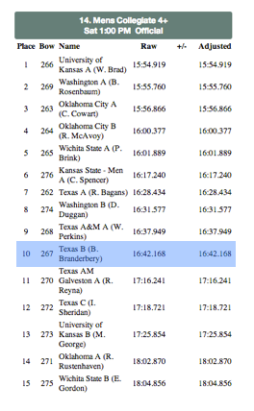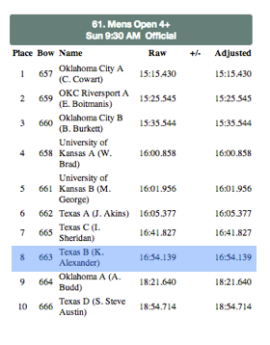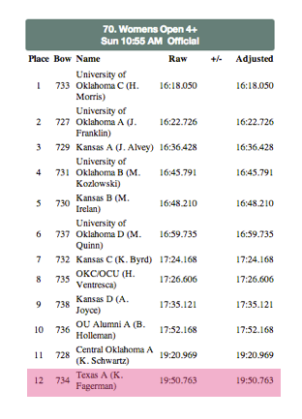There is one major issue that arises through the disagreements and eventual cancelation of the Enola Gay exhibit in the National Air and Space Museum, which is, how much influenced is politics allowed in shaping American history? How much can they censor without infringing on free speech and free thought? Richard Kohn brings all of these questions to readers attentions in his essay History at Risk: The Case of the Enola Gay.
Kohn’s concern surrounding the political harassment and manipulation of the NASM is that the government sought to suppress the NASM’s “scholarly independence … to accommodate [a] political perspective.” Since the Smithsonian institute and its museums are “premier cultural institutions” and are looked up as historical authorities, then being subjected to government bullying sets a precedent that can easily be applied to lesser institutions. The fear is, if the government tries to censor public museums then what is to stop them from censoring public universities. This fear of censorship goes back to the Scopes Trial and anti-evolution legislature that affected public school curriculum and upset many Americans. The government was trying to tell it’s citizens what they could and could not learn about or believe in.
If we allow our government to censor public educational institutions (schools and museums) then our society and history is subject to interpretations of the few and powerful. This opens our history to the risk of becoming a history solely based on pro-American propaganda instead of scholarly critique and genuine learning. In a democracy the public needs to be informed of passed mistakes and events in order to be proactive in guarding against foolish decision making in the future. The fear of the government is that controversial exhibits will steer vulnerable minds to be anti-american. However, part of being a competent human being is continuing to learn and speculate about others beliefs as well as your own. If someone went into the NASM and saw the Enola Gay exhibit and allowed that to be their one opinion of WWII then they seriously need to pick up a book or pay attention in class. One’s personal knowledge is the responsibility of the individual, not the government. The government should be encouraging people to think, doubt, and explore because that is how lessons are learned and creative problem solving is form.





